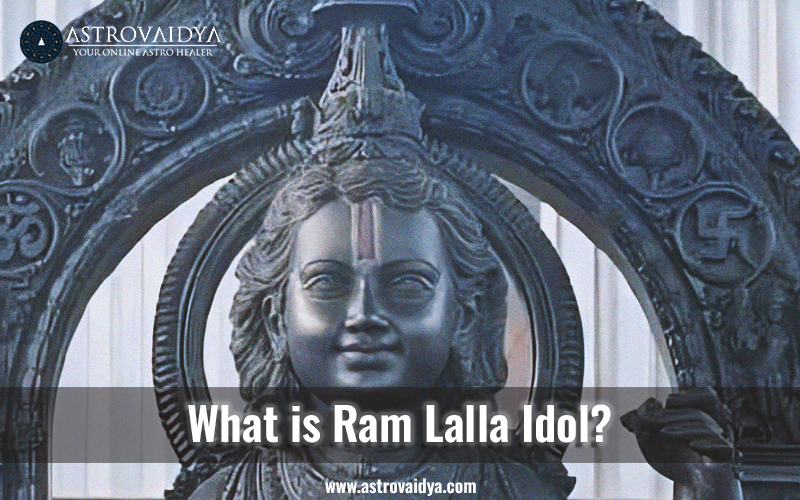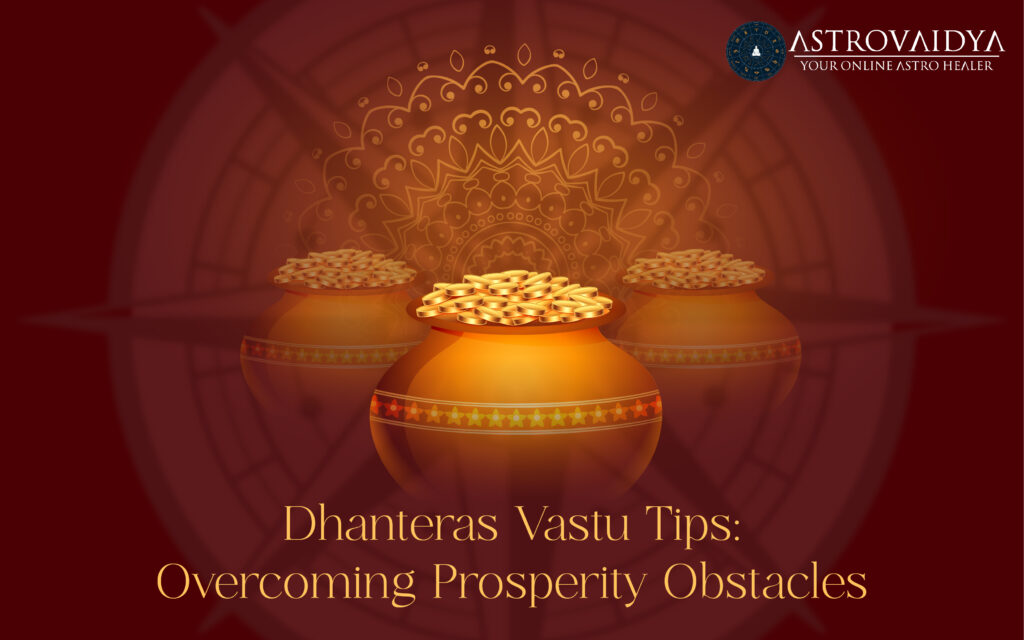
What is Ram Lalla idol
Lord Ram is beloved as a symbol of truth, courage, and kindness. Nothing catches our hearts more than the 51-inch Ram Lalla idol and the original idols, which have been worshipped since 1949, which represent his youth, innocence, and determination. Let explore What is Ram Lalla idol very keenly.
Significance of Lord Ram in Hinduism
- Avatar of Lord Vishnu: Lord Ram is revered as the seventh avatar of Lord Vishnu, embodying righteousness and virtue.
- Guiding Moral Values: The epic Ramayana depicts his life, serving as a guide for leading a righteous and virtuous life.
- Qualities Represented: Lord Ram’s character symbolizes courage, compassion, loyalty, and humility, inspiring devotion and admiration.
- Sacrifice and Selflessness: His willingness to embrace exile to honor his Father’s word and uphold righteousness teaches about sacrifice and selflessness.
- Triumph of Good over Evil: Lord Ram’s journey signifies the triumph of good over evil, defeating powerful demons like Ravana and rescuing his wife Sita.
- Emphasis on Family Values: His teachings emphasize family values and relationships, setting high standards for brotherhood and marital commitment.
- Devotees’ Worship: Worshipping Lord Ram is believed to bring blessings for prosperity, peace, happiness, and spiritual growth, with special observances like fasting on Rama Navami.
- Deep Roots in Hindu Mythology: Lord Ram’s significance is deeply embedded in Hindu mythology and religious scriptures, shaping beliefs around righteousness.
History surrounding the Ram Lalla idol
The Ram Lalla idol has a rich history and is steeped in controversy. It all began in the 16th century when Lord Ram’s birthplace, Ayodhya, became the center of a heated dispute between Hindus and Muslims. The Babri Masjid was built on the spot believed to be Lord Ram’s birthplace, but Hindus claimed it as their sacred site.
Fast forward to 1949 when an idol of Ram Lalla mysteriously appeared inside the Babri Masjid. This led to tensions escalating between the two communities. Legal battles ensued for decades until finally, in November 2019, the Supreme Court of India settled the matter by granting permission for the construction of a temple dedicated to Lord Ram at the disputed site.
The controversy surrounding the Ram Lalla idol reflects deeply rooted religious sentiments and political dynamics in India. While some perceive it as a symbol of faith and devotion, others see it as an encroachment upon historical heritage.
Despite its controversial nature, there is no denying that this small 51-inch statue holds immense significance for millions of people who consider it not just an idol but also a representation of divinity itself.
Importance of the black stone
The black stone used for the construction of the Ram Lalla idol holds immense importance in Hindu mythology and religious beliefs. This sacred material is believed to have divine properties that enhance the spiritual energy surrounding the idol.
In Hinduism, black stones are considered auspicious and are often associated with deities and places of worship. The use of a black stone for the Ram Lalla idol adds to its sanctity and reverence among devotees.
Black stones symbolize strength, stability, and endurance. They are believed to absorb negative energies and purify the surroundings. When utilized in creating idols like Ram Lalla, they become conduits for divine blessings and protection.
Many ancient temples in India were constructed using this material due to its durability against weathering agents. It not only withstands the test of time but also retains its original form, making it an ideal choice for crafting sacred idols.
Devotees believe that worshipping an idol made from such a revered material connects them directly with Lord Ram’s divinity. It creates a spiritual bond between them and their beloved deity.
Thus, by utilizing a black stone for constructing the Ram Lalla idol, it becomes more than just a physical representation; it becomes a medium through which devotees can experience profound devotion, seek solace, and strengthen their connection with Lord Ram’s divine presence.
FAQs
1. What is the significance of Lord Ram in Hinduism?
Lord Ram holds immense significance in Hinduism as he is considered to be the seventh avatar (incarnation) of Lord Vishnu, who is revered as the preserver and protector of the universe. He embodies righteousness, morality, and virtue, serving as an ideal role model for devotees. The epic tale of Ramayana narrates his journey as a prince who embarks on a mission to vanquish evil forces and rescue his wife Sita from the demon king Ravana.
2. Can you describe the 51-inch Ram Lalla idol?
The 51-inch Ram Lalla idol depicts Lord Ram as a five-year-old child standing upright with a golden bow and arrow in hand. This form represents his divine innocence and childhood charm. The intricate detailing captures every aspect of his posture, facial expression, and adornments with great precision.
3. What is the history behind the controversy surrounding the Ram Lalla idol?
The controversy surrounding the ownership rights over Shri Ram Janmabhoomi land in Ayodhya led to legal battles between different religious groups for several decades. In 2019, India’s Supreme Court ruled that Hindus would be given possession of this disputed site for constructing a temple dedicated to Lord Ram while allocating an alternate piece of land to Muslims for building a mosque.
4. Why is black stone important for constructing idols like Ram Lalla?
Black stone has held significant symbolism in Hindu culture since ancient times. It represents strength, stability, protection against negative energies, and connection with divinity itself. Using black stone for constructing idols ensures durability while enhancing their spiritual essence.
5. What does it mean that Lord Ram is depicted as a child holding a golden bow and arrow?
The depiction of Lord Ram as a child holding a golden bow and arrow holds great symbolism and significance in Hinduism. First and foremost, the golden bow represents strength, courage, and power. As the divine prince and incarnation of Lord Vishnu, Lord Ram possesses immense strength and bravery which is reflected in the choice of a golden bow. Secondly, the bow also symbolizes dharma or righteousness – an essential aspect of Lord Ram’s character. Holding it in his hand shows that he is always ready to uphold dharma and protect his subjects from evil forces.


















